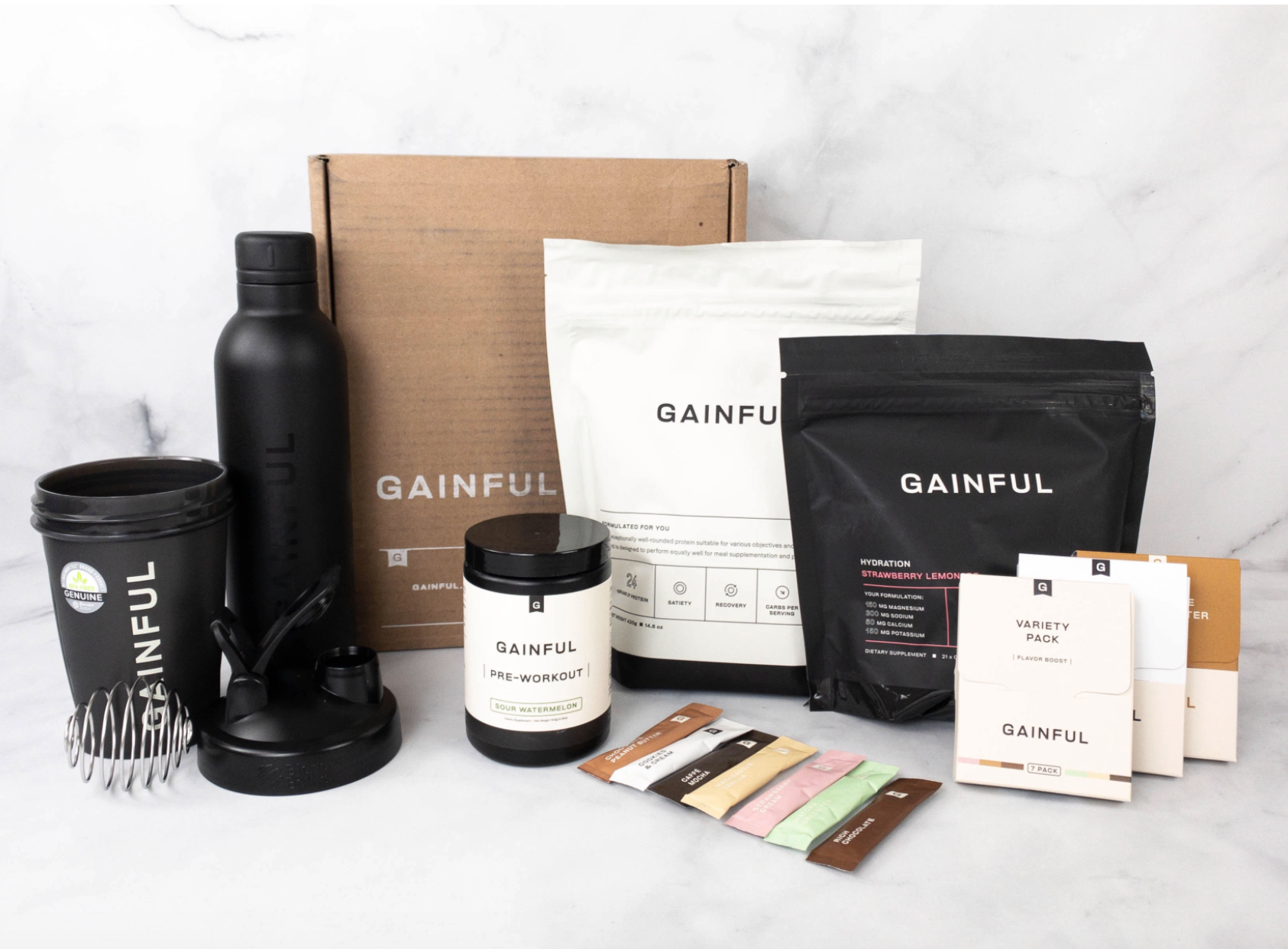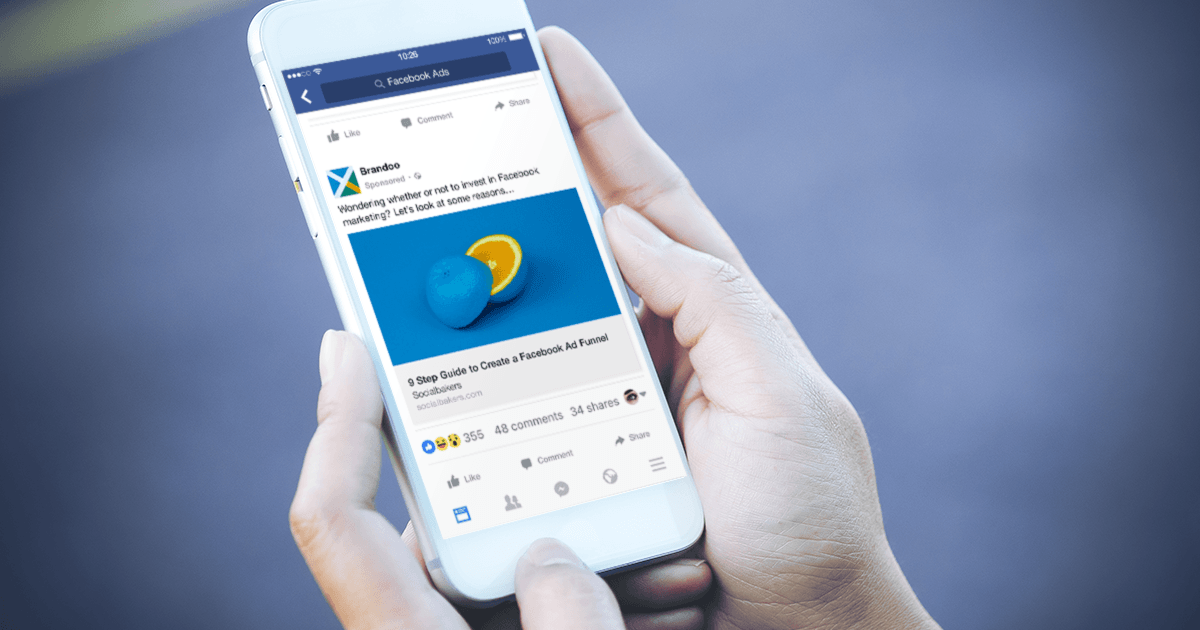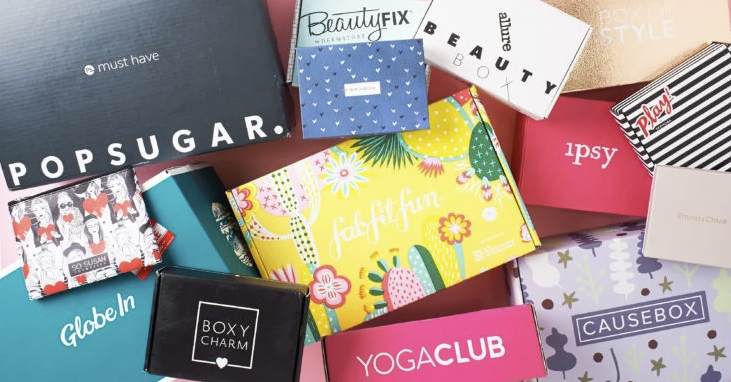The world of ecommerce is constantly evolving, and the latest changes come from Meta — the social media giant will soon make it mandatory that brands use Meta’s checkout method on Shops. Previously, you could use Shops but handle the checkout/shopping pieces through Shopify or another third party site. Now, you'll have to opt-in to Meta's checkout process, or you won't be able to use Shops at all. The change goes into effect April 24, 2024
Meta's recent decision to discontinue offsite checkout in Facebook and Instagram Shops and make in-app purchases mandatory is set to transform the way customers shop online. In this blog post, we will discuss how Meta's move to discontinue support for off site checkout will impact businesses and the implications it holds for ecommerce marketers.
Here are the key highlights:
- This shift requires businesses to utilize Meta's checkout process within the app, eliminating the option to redirect customers to external websites for transactions.
- Meta will also not allow companies to include a tag price on the post if it is not connected to the in-app checkout in Meta.
- The convenience of Meta's in-app purchases holds significant appeal for customers who value a seamless and efficient shopping process. By reducing the barriers associated with traditional online transactions, such as manually inputting personal information to complete a purchase.
- With the streamlined checkout process, businesses can expect reduced cart abandonment rates, as customers can complete purchases with just a few taps. This increased convenience has the potential to drive higher conversion rates and boost overall sales.
- This feature aligns with Meta's vision of creating a connected platform where users can effortlessly find inspiration and shop for the products they desire (it also allows Meta to capture more user data).
As Meta continues to revolutionize the ecommerce landscape with its mandatory in-app purchases, marketers must remain informed and adapt their strategies accordingly. Here are some key considerations:
- Update Your Marketing Strategy: With the mandatory in-app purchases, it's essential to update your marketing strategy to focus on optimizing the shopping experience within the app. Explore the features and tools provided by Meta to effectively showcase your products and engage with your target audience.
- Leverage Virtual Connections: Take advantage of the virtual aspects of Meta's platform. Consider offering virtual experiences that best replicate the benefits of in-person shopping, such as personalized recommendations or virtual try-ons. By providing a unique and immersive experience, you can captivate customers and drive their interest in your products.
- Analyze Customer Insights: Understand your target audience by analyzing user demographics, interests, and purchasing patterns. Use these insights to tailor your marketing efforts within Meta's ecosystem, creating personalized and relevant content that resonates with your potential customers.
While concerns about loss of on-site website data are real, marketers also must embrace this new framework and adjust their marketing strategies accordingly, businesses can take advantage of streamlined transactions and increased exposure to potential customers.
It's important to acknowledge that this transition may present some challenges. However, with careful planning and a positive mindset, ecommerce businesses can adapt and thrive.
As always, we're here to help. Shoot an email to David Berry at david@dbdynamo.com to learn more.





























































